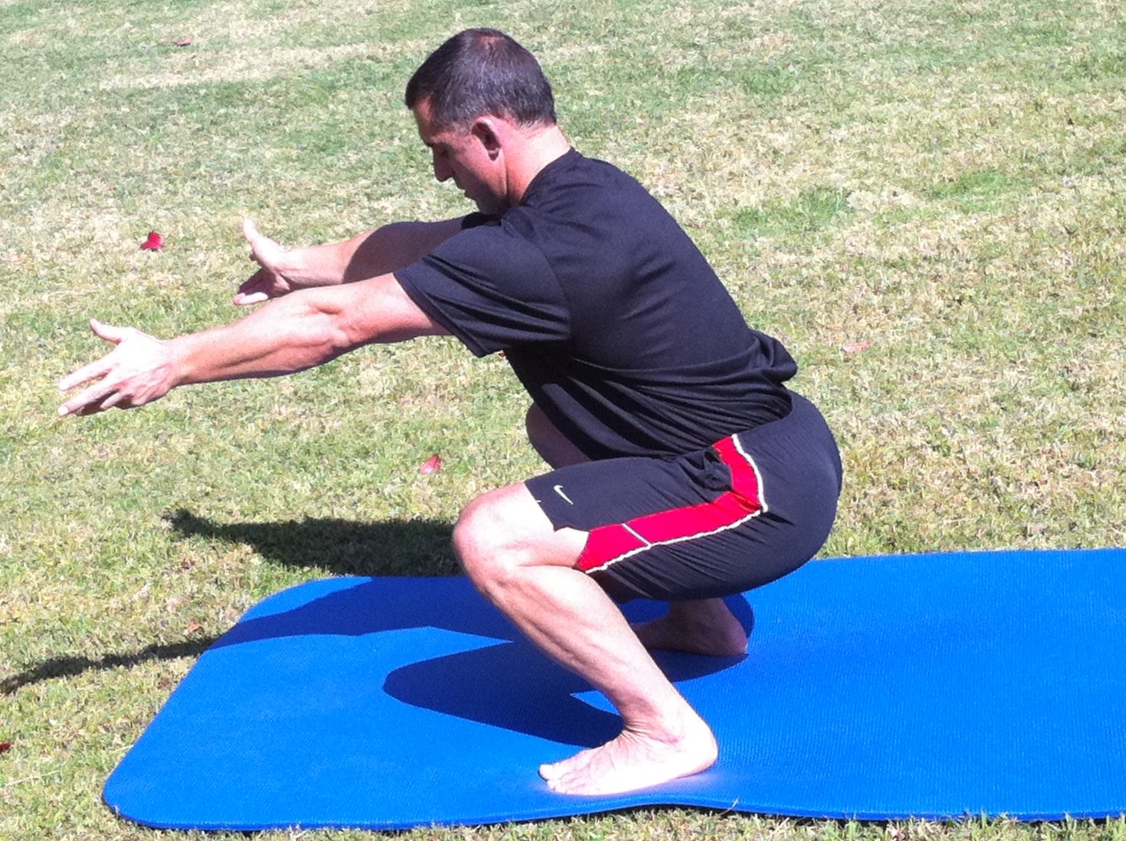A complete analysis of the squat with respect to the entire body in relation to gravity line and various aspect to be taken into consideration when applying the squat. There are over a hundred progressions that have to be learned before a squat is completed properly. This class will cover all of these progressions and lead to a fundamental understanding of proper progressions leading to the completion of a biomechanically sound squat.
While the fundamentals are the same, the squat should be modified and applied differently to specific goals, which could be to improve one’s posture, to rehabilitate the knee after an ACL injury, to help eliminate back pain or to improve someone’s athletic performance etc.
Posture is the basis for the balanced functioning of all joints and viscera. A good posture leads to an economy of energy expenditure. This course on posture teaches many tests and the main exercises to correct and improve it.


